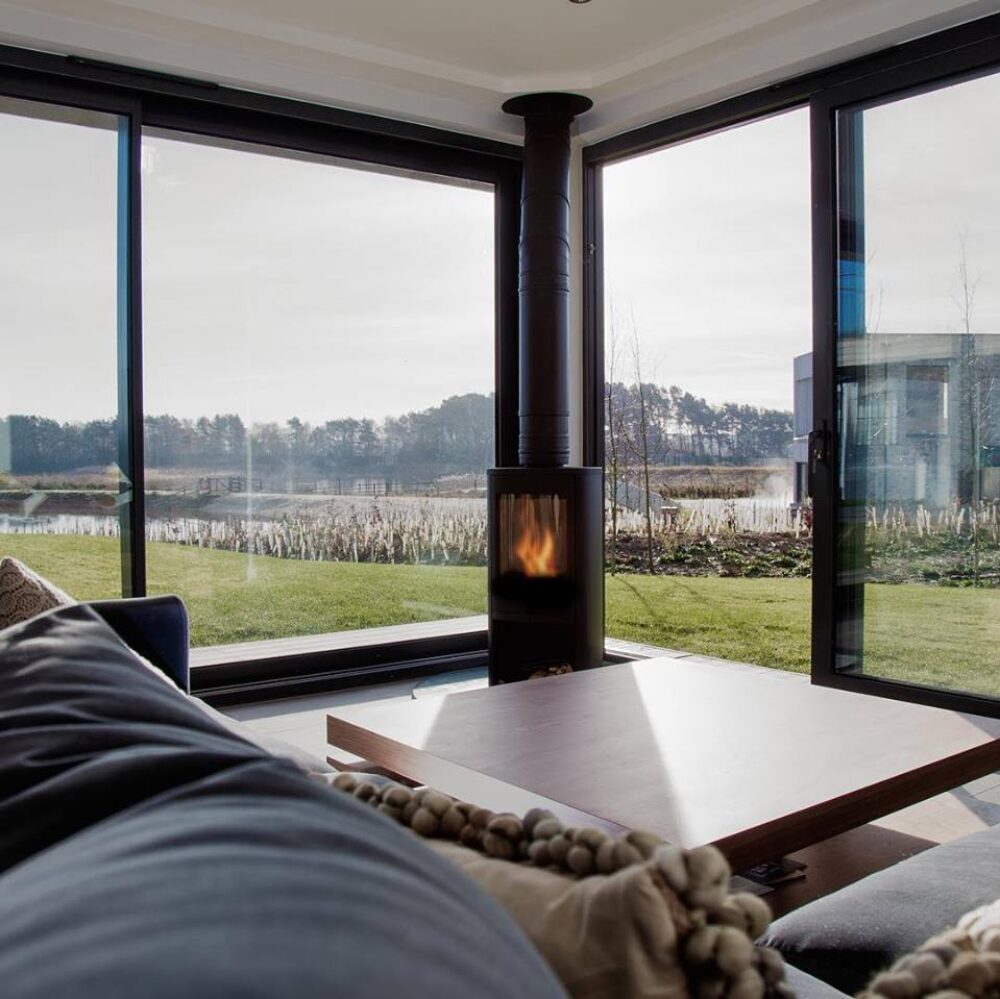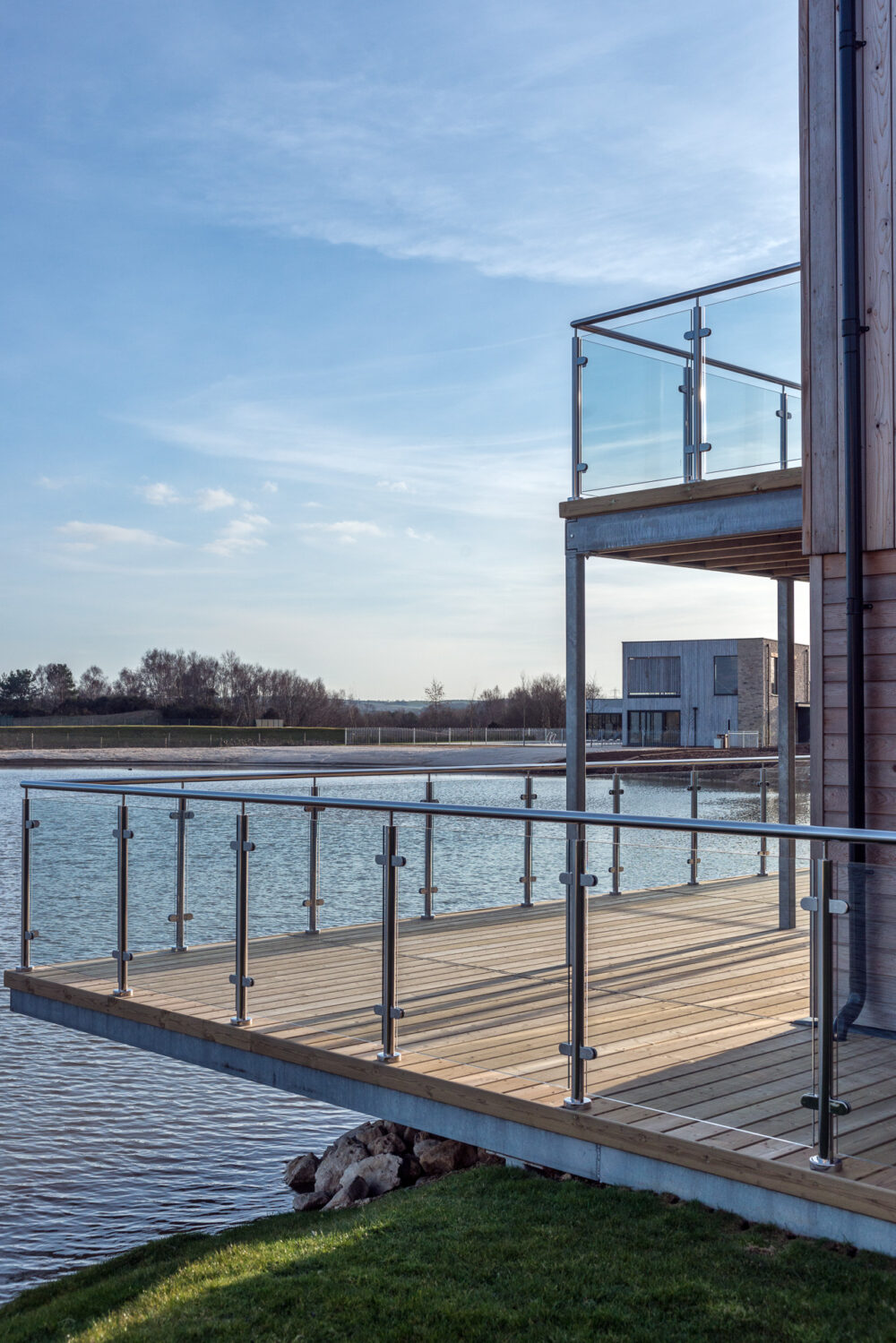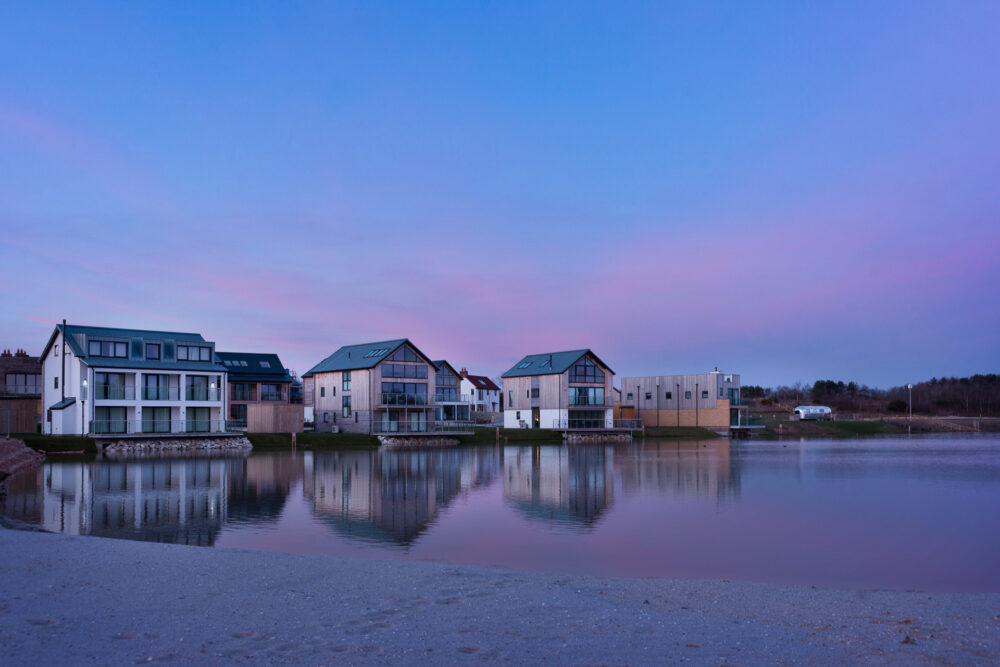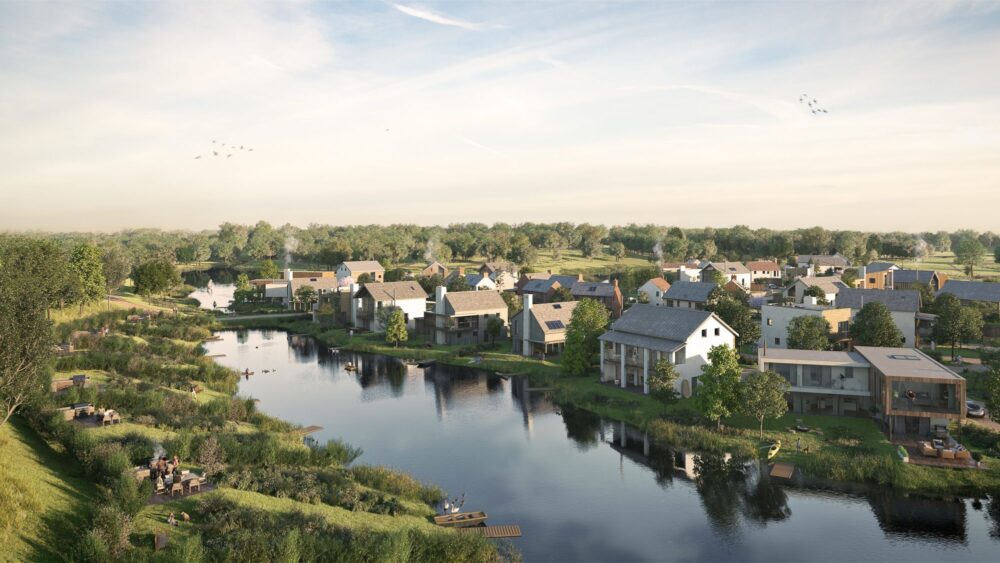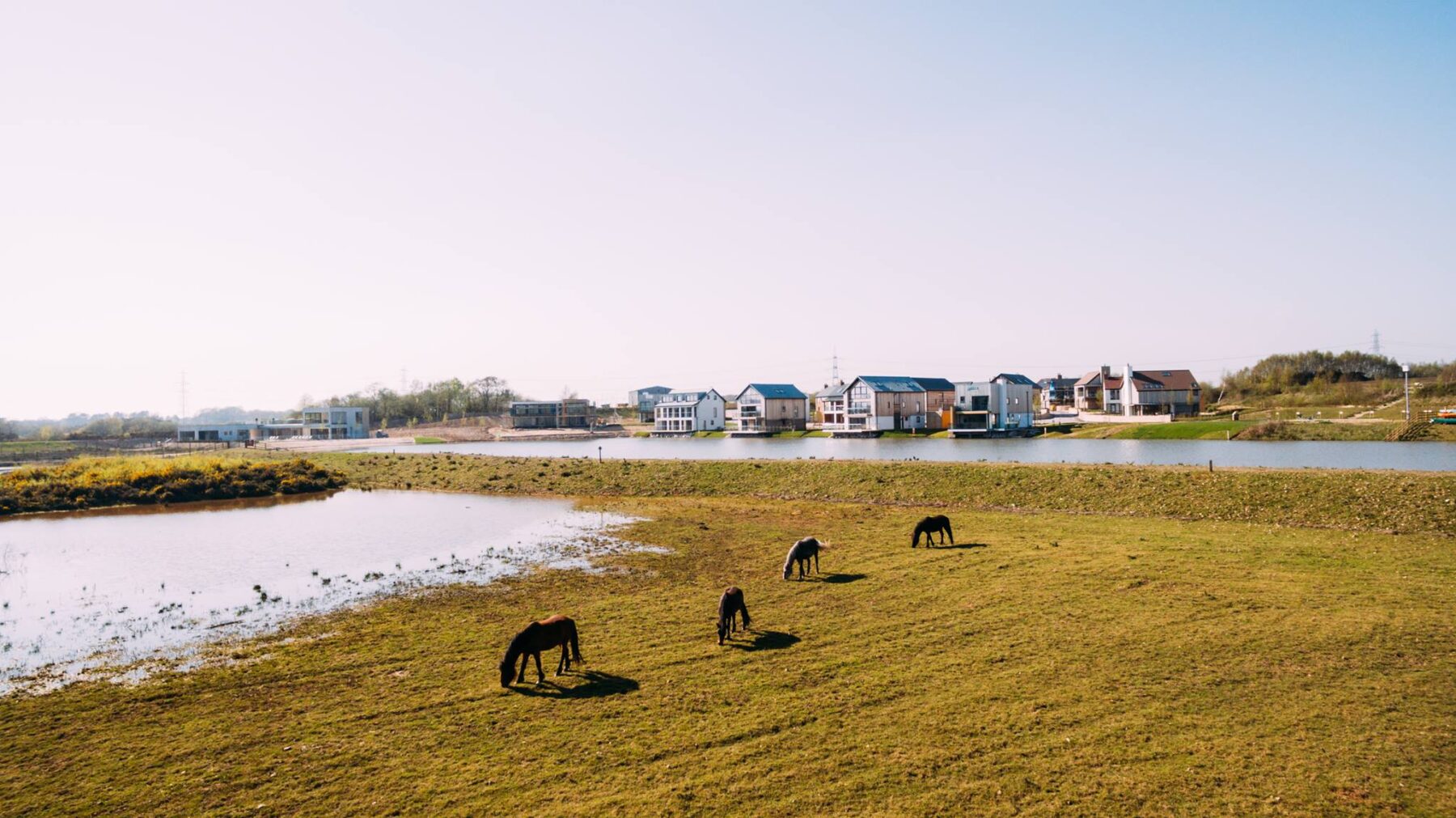 HFG
HFG
Biophilic Design looks beyond low impact construction and energy usage, seeking to generate buildings which come to be as part of nature and its lifecycles. In the spirit of Barry Commoner’s (1971) Four Laws of Ecology;
Healthy, sustainable buildings should be designed as an extension of the natural realm, becoming positive agents that actively contribute towards their localities’ ecology, placeness and people.
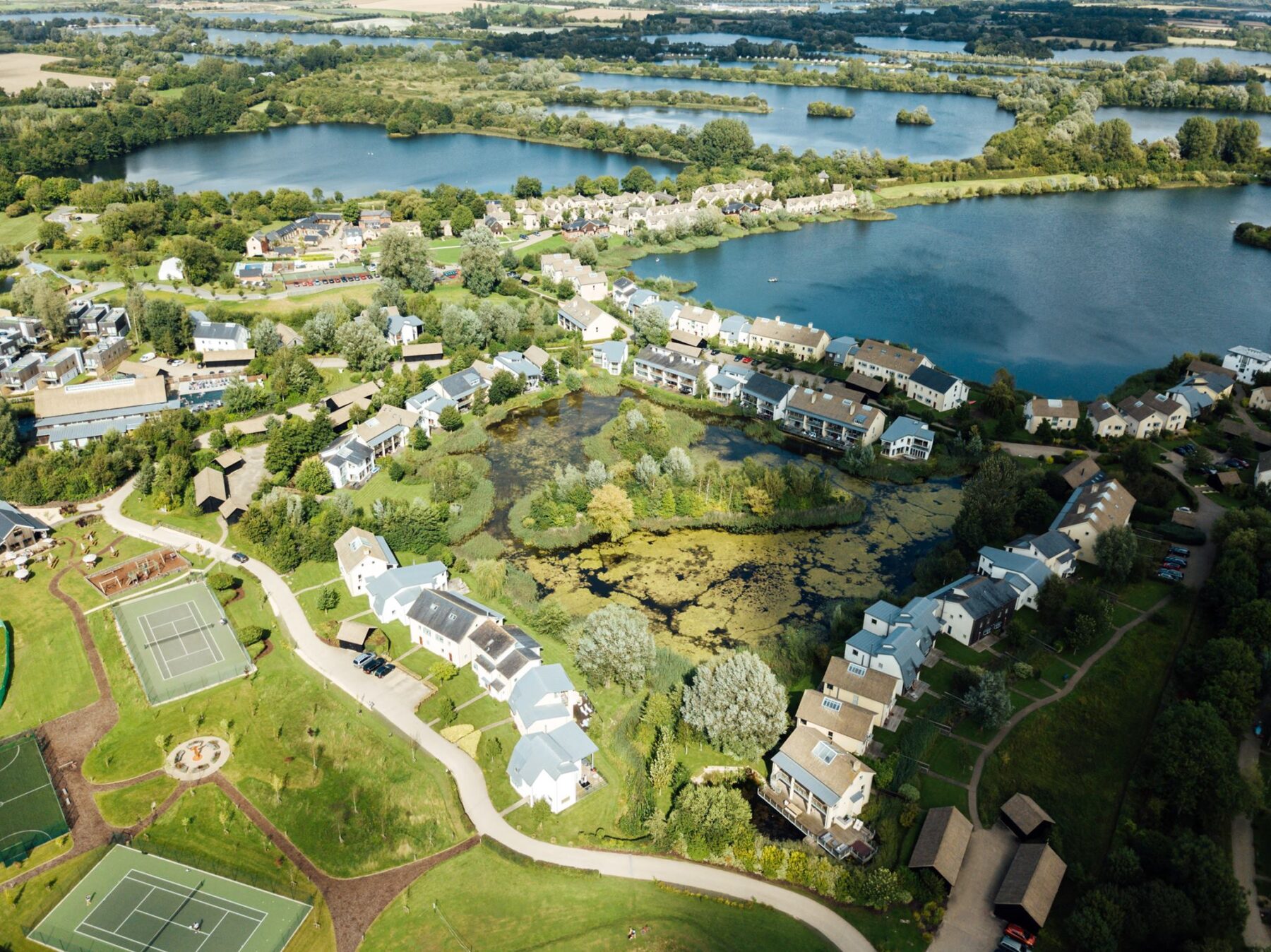 HFG
HFG
Throughout his talk on Biophilic Design, Martin stressed the significance of interconnectivity and the urgency of immediate positive change. Martin sees the potential in architects and designers to become the “up-stream doctors” of society and the planet. By accounting for one person’s health and well-being, we take a step closer to forming healthier, happier, safer, more productive and creative communities which are respectful to each other and their homes from the neighbourhood level to the global.
Willmore Iles have been working with Habitat First Group for six years, a development company founded on the principles of creating sustainable holiday home communities which integrate and encourage a strong connection with nature; https://www.habitatfirstgroup.com/introducing-biophilic-living/. Our architecture on these sites enhances the visual and sensory aesthetics of its landscape, as well as its serviceability to human life by:
We look forward to continuing to promote this way of living, to making a significant difference to the experiences of the occupiers.
For more information on Biophilic Design & Sustainability please see the reference list and bibliography below – courtesy of Martin Brown.
References:
Commoner B. (1971) The Closing Circle: Nature, Man & Technology. Random House Inc. New York.
Brown M. (2019) fairsnape. Available from: https://fairsnape.com/
Brown M. (2016) FutuREstorative, Working Towards a New Sustainability. RIBA Publishing. London.
Bibliography:
More Better – Affordable Housing in Wales see https://orca.cf.ac.uk/98055/7/MORE%20BETTER%20report%20FINAL%20Ed%20Green%20revD.pdf
Economics of Biophilia see https://www.lbhf.gov.uk/sites/default/files/section_attachments/the_economics_of_biophilia_-_why_designing_with_nature_in_mind_makes_financial_sense.pdf
Bullitt Center see http://www.bullittcenter.org
see media papers at http://www.bullittcenter.org/field/media/
and message from Denis Hayes – http://www.bullittcenter.org/vision/message-from-denis-hayes/
